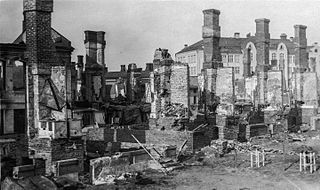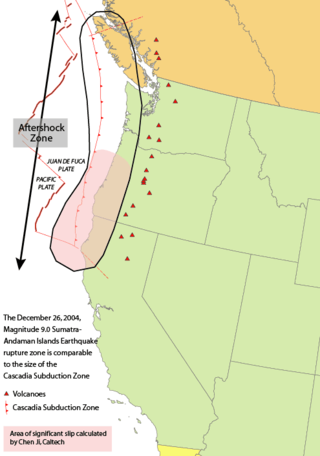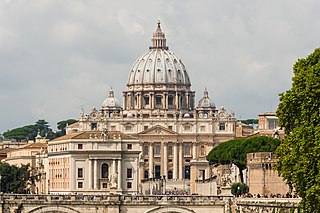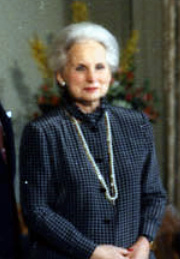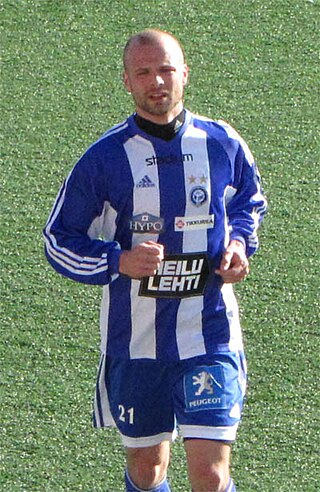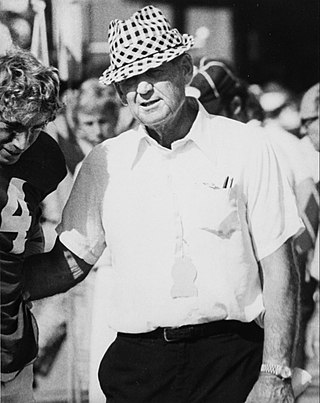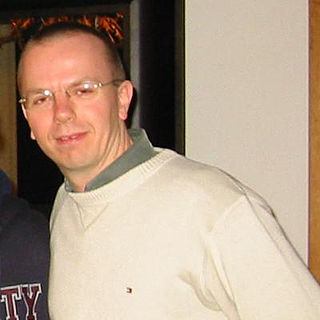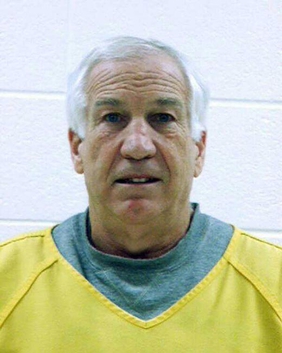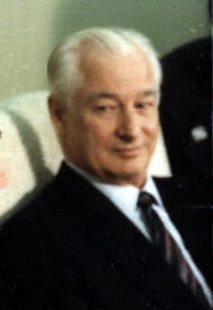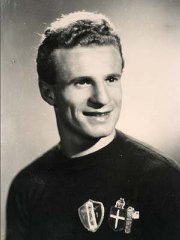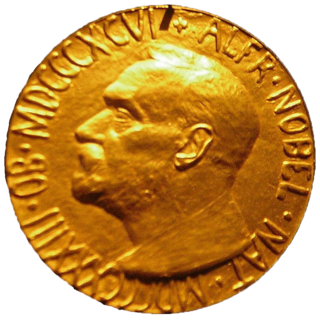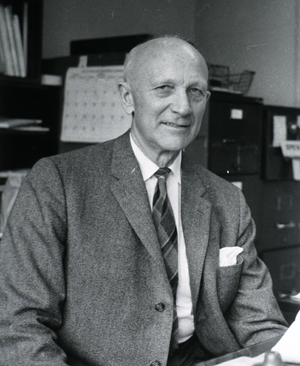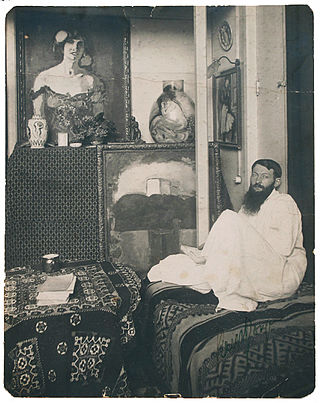
2021 Indian farmers' Republic Day protest
The 2021 Farmers' Republic Day protest was a protest on 26 January 2021 at Delhi. Part of the 2020–2021 Indian farmers' protest, it turned violent when a group of protestors deviated from the parade to storm the Red Fort. The protest took place on the 72nd Republic Day against the decision by Narendra Modi-led National Democratic Alliance (NDA) to implement three farm acts.













































































